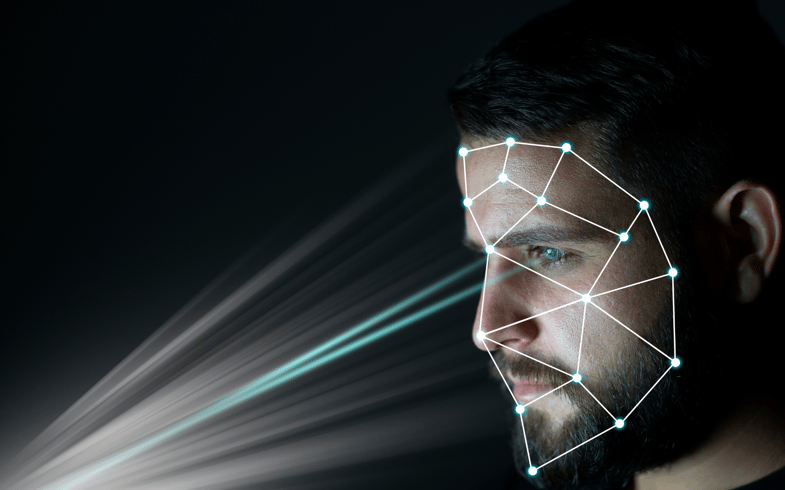Biometric technology has come a long way since its inception, evolving into a powerful force that shapes the landscape of security, identity verification, and user experience. In this blog post, we will embark on a journey through the history of biometric technology, highlighting significant milestones, addressing challenges faced, and exploring the exciting innovations that lay ahead in the future.
The Early Days:
The roots of biometric technology trace back to ancient civilizations, where fingerprints and handprints were used for identification purposes. Fast forward to the late 19th century, and the first scientific approach to fingerprint identification emerged. The 20th century witnessed the advent of various biometric modalities, including face recognition, iris scanner, and finger scanner laying the foundation for the accurate biometrics we know today.
Challenges and Milestones:
As biometric technology gained prominence, it faced its fair share of challenges, ranging from concerns about privacy to technological limitations. Overcoming these hurdles, the industry achieved significant milestones, such as the standardization of biometric data formats and the widespread adoption of biometrics in government and commercial applications. Advancements in machine learning and artificial intelligence further enhanced the accuracy and efficiency of biometric systems.
The Present Landscape:
In the present day, biometric technology is ubiquitous, securing our smartphones, enabling seamless airport biometric experiences, and even revolutionizing healthcare. Fingerprint readers, facial readers, and iris readers have become commonplace, providing users with convenient and secure methods of biometric authentication. Additionally, behavioral biometric authentication, such as keystroke dynamics and gait analysis, are gaining traction for their unique and non-intrusive identification capabilities.
Emerging Trends and Future Prospects:
Looking ahead, the future of biometric technology holds even more promise. Continuous advancements in sensor technology, machine learning algorithms, and the Internet of Things (IoT) are reshaping the possibilities for biometric applications. Touchless biometrics, driven by the need for hygienic solutions, are becoming increasingly prevalent, with innovations like iris, face, and contactless fingerprint scanning leading the way.
Moreover, the integration of biometrics with blockchain technology is opening new frontiers in secure identity management and decentralized authentication. As biometric systems become more sophisticated, they are poised to play a pivotal role in addressing global challenges, from enhancing cybersecurity to facilitating frictionless travel and healthcare services.

In the end, the evolution of biometric technology reflects a remarkable journey of innovation, perseverance, and adaptation. From humble beginnings to a multifaceted industry, biometrics continues to redefine the way we approach security and identity management. As we stand at the cusp of the future, the trajectory of biometric technology promises a world where convenience, security, and privacy seamlessly converge, offering a touchless and efficient path forward. Stay tuned for the exciting developments that will undoubtedly shape the next chapter in the evolution of biometric technology.



 RETURN TO BLOG LISTINGS
RETURN TO BLOG LISTINGS